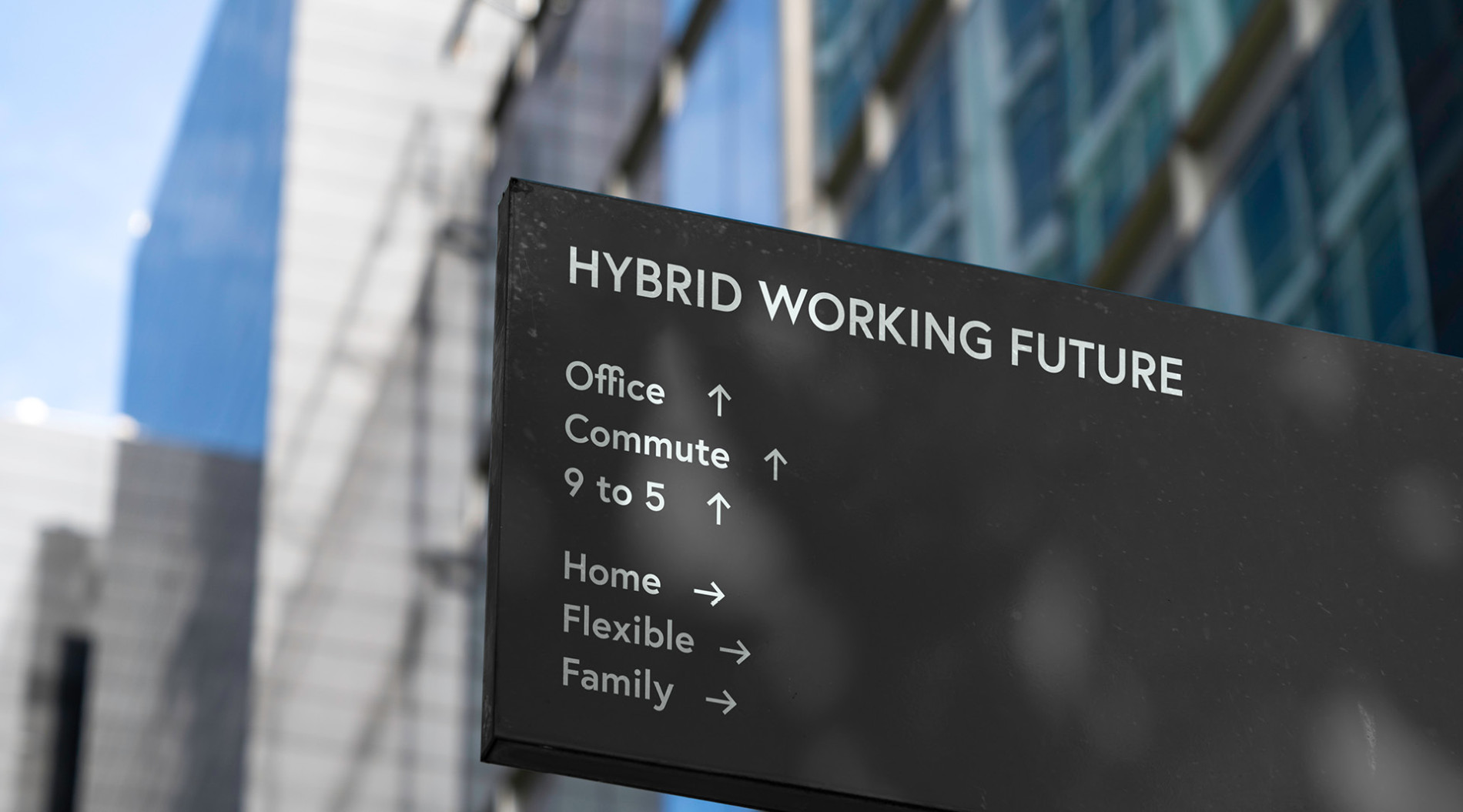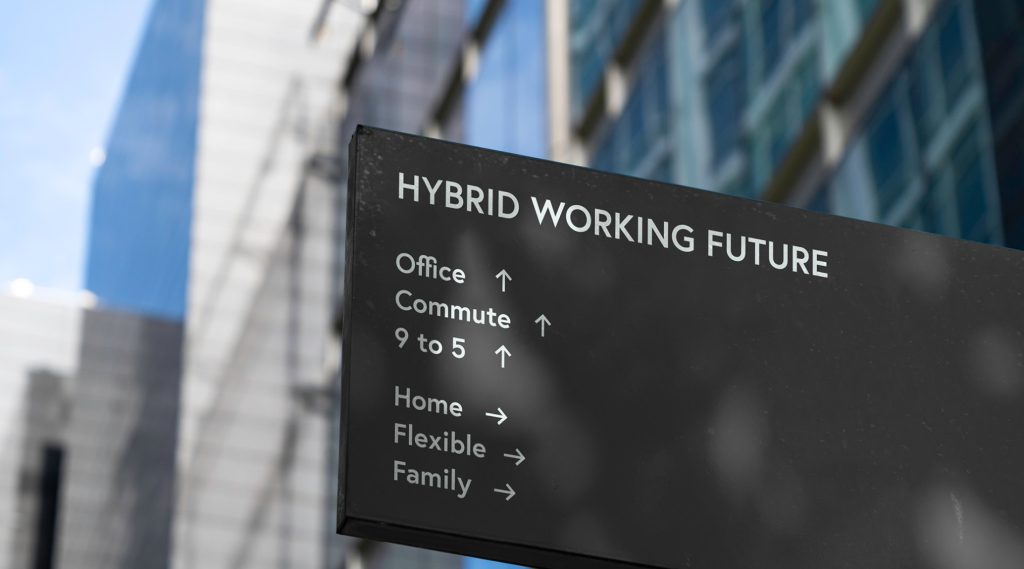The Different Aspects of Corporate Social Responsibility
In the first two parts of our corporate social responsibility series, we explored what CSR is and how an organisation should attempt to embed it in its company culture. Once the decision has been made to implement, or revitalise a CSR strategy the next step is to weigh up the various aspects of it to find what works best for you.
There is no one-size-fits-all formula when approaching CSR. An organisation needs to build a CSR strategy to reflect the interests and values of its stakeholders and focus on parts where they believe they can make a real difference. Here we will look at some of the aspects of CSR that can be taken into consideration when planning your strategy.
Environmental Sustainability
According to the United Nations, a ‘green’ or sustainable business is one that “meets the needs of the present world without compromising the ability of the future generations to meet their own needs.” 73% of employees said it is ‘very important’ their employers act in a sustainable way and reflects a growing trend not only employee, but consumer consciousness.
A sustainable business has minimal negative impact on the global or local environment, community, society, or economy. It is a business that strives to meet the triple bottom line of social, environmental, and financial aspects. In general, a business can described as green if it is the following; is greener than traditional competition, has made an enduring commitment to environmental principles, incorporates these ideas into business decisions and operations, and provides environmentally friendly products or services.
Volunteer and Charity Work
Volunteering is not only a great way for an organisation to demonstrate its commitment to helping the community. Research consistently shows that corporate volunteering and charity work improves employee satisfaction, retention, and engagement. A study conducted by the Macquarie Graduate school of Management (MGSM) CSR Partnership Network, found volunteers were very satisfied with their volunteering experience (83% satisfied), very likely to continue (87%), and very likely to recommend it to their friends (75%). It is also an opportunity for individuals to add to their personal and professional development.
Volunteering and charity work can also help an organisation to connect more deeply with its employees, as they share the experience of embodying the company culture through the work done for local communities.
Human Rights
Human rights are about promoting and protecting the values of respect, dignity, and equality for every person. The Australian Human Rights Commission highlights the following aspects as falling directly under the influence and impact of business operations: Labour rights, right to life and security of the person, right to health, right to housing and adequate standard of living, and rights of indigenous people.
Undertaking due diligence is the first step for an organisation to embed human rights into its core business practices. This includes adopting, adapting, and integrating human rights policy throughout your company’s operations and your supply chain. It is also key to develop partnerships with other companies, community groups, unions, indigenous and other local communities, and government, to ensure respect for those human rights impacted by the company’s business operations.
Indigenous Engagement
Since the early 2000s many organisations in Australia have set targets for Indigenous employment. They will offer traineeships that evolve into permanent job offers and are generally more respectful and open to Indigenous culture and values. The most progressive organisations have formalised their position in the form of Reconciliation Action Plans (RAPs). RAPs have several key components which may include employment targets for Indigenous peoples, as well as procurement guidelines in which organisations commit to working with businesses owned by Indigenous people.
Psychological Wellbeing
One CSR initiative that allows organisations to track progress more clearly perhaps than other areas is focusing on their employees’ health and wellbeing. Physical wellbeing initiatives have been prevalent for a little while now, with gym memberships and free fruits being one common example. However, psychological wellbeing is starting to attract attention, especially against the backdrop of the global health crisis in 2020.
The potential rewards of having good psychological wellbeing initiatives are continuously highlighted in the data collected. It is calculated that 3.2 days per worker are lost each year through workplace stress. Stress-related workers’ compensation claims have doubled in recent years, costing over $10bn pa. Furthermore, a survey of over 5,000 workers indicated that 25% of workers took time off each year for stress-related reasons.
Fairtrade
A relatively new addition to CSR initiatives is Fairtrade awareness. As many organisations know it, it involves procuring products from organisations that have been awarded the Fairtrade label, often in countries with controversial labour rights.
Furthermore, many organisations are themselves now trying to obtain Fairtrade status themselves. It is forming a network of businesses that proudly brandish the fact that they maintain an elevated level of workers’ rights and can trade with others who have also achieved this status.
Diversity and Inclusion
We often think of CSR as the outwards efforts of an organisation to heighten its brand image and demonstrate its commitment to wider communities. However, CSR can also be reflected internally in diversity and inclusion strategies. Gender, ethnic diversity, neurodivergence, religion, disability, age (mature-ag workers) is all considered when forming good D&I initiatives. They are not only a great way to increase innovation and employee satisfaction, but if communicated well they will show your organisation to be progressive and forward-thinking to potential applicants, widening your appeal to a pool of talented individuals. Companies with good D&I strategies have also reported greater long-term profitability because of their initiatives.
The key to developing a solid corporate social responsibility strategy is finding the right balance of the above aspects that can best reflect your company values and culture. Some are more achievable and desirable than others, so these judgments must be made by leadership, and communicated well throughout the organisation. A good CSR strategy will help your organisation better connect with all its stakeholders, and create an atmosphere where employees feel a genuine connection to their employers.











